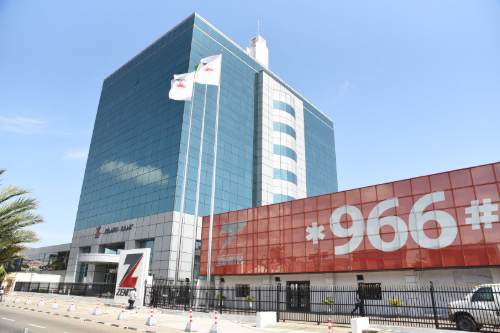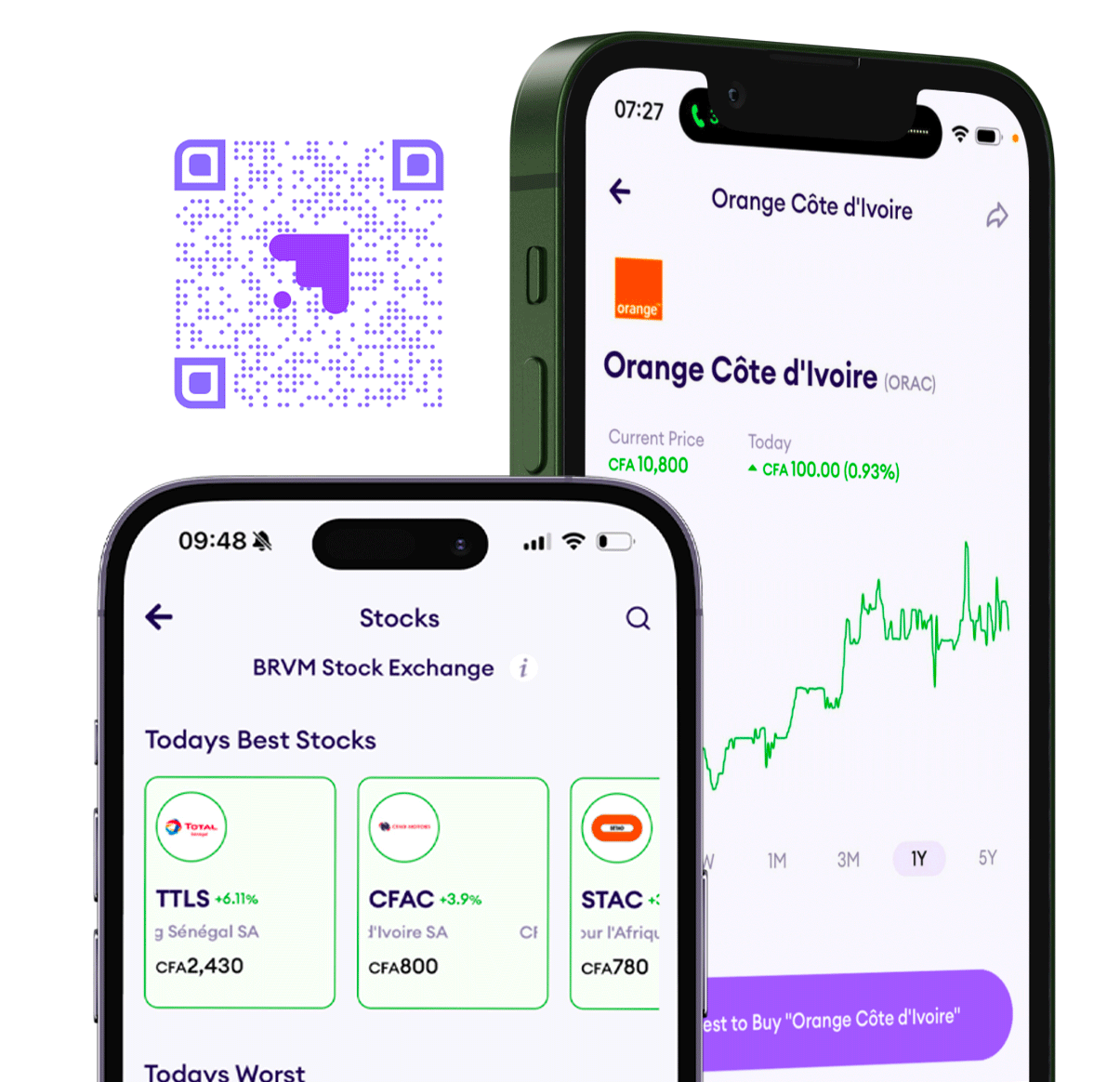Nigerian Banks Earn $419M From Digital Transactions in 2024

TLDR
- Ten of Nigeria’s largest banks recorded a 58% increase in electronic payments income in 2024, earning a combined ₦674 billion ($419.7 million) from digital transactions
- The earnings reflect a shift toward mobile, app-based, and card payments amid rising inflation and compressed lending margins
- As digital payments rise, banks are investing heavily in infrastructure, spending ₦268.7 billion on IT in 2024
Ten of Nigeria’s largest banks recorded a 58% increase in electronic payments income in 2024, earning a combined ₦674 billion ($419.7 million) from digital transactions, up from ₦428.6 billion ($266.6 million) in 2023. The earnings reflect a shift toward mobile, app-based, and card payments amid rising inflation and compressed lending margins.
The banks—Access Holdings, GTCO, UBA, Zenith, First HoldCo, Wema, Stanbic IBTC, FCMB, Sterling, and Fidelity—benefited from rising usage of the Nigeria Inter-Bank Settlement System (NIBSS) Instant Payment (NIP) platform, which processed ₦1.07 quadrillion in 2024, a new record. UBA led earnings with ₦236.3 billion, followed by Access at ₦178.6 billion.
Transaction volume on NIP rose to 11.3 billion, while PoS usage climbed to ₦79.5 trillion. As digital payments rise, banks are investing heavily in infrastructure, spending ₦268.7 billion on IT in 2024—a 74.5% jump. The naira’s sharp depreciation since July 2023 has also contributed to transaction value increases. Nigeria’s cash transactions have dropped 59% over the past decade, the steepest globally, as mobile and card-based transactions replace physical cash.
Daba is Africa's leading investment platform for private and public markets. Download here
Key Takeaways
With traditional banking margins pressured by inflation and FX volatility, Nigerian banks are increasingly betting on digital payments as a core revenue stream. The ₦674 billion in e-payment income represents more than a pivot—it's now a strategic lever for profit growth. As cash usage declines sharply—by 59% over the past decade according to Worldpay—banks are doubling down on mobile-first platforms, investing over ₦268 billion in tech to boost digital services. The rollout of a ₦50 levy on transfers above ₦10,000 in late 2024 will further solidify fee-based income models. Meanwhile, competition from fintechs like OPay and PalmPay is pushing traditional lenders to enhance user experience and reliability across digital channels. Analysts say the ability to process higher transaction volumes at scale while delivering low-friction services will define winners in the sector. With NIP alone handling ₦1.07 quadrillion in 2024, and FX adjustments boosting value further, banks that optimize digital platforms will gain more than just market share—they’ll build the foundation for long-term profitability in a post-cash economy.

Next Frontier
Stay up to date on major news and events in African markets. Delivered weekly.
Pulse54
UDeep-dives into what’s old and new in Africa’s investment landscape. Delivered twice monthly.
Events
Sign up to stay informed about our regular webinars, product launches, and exhibitions.




